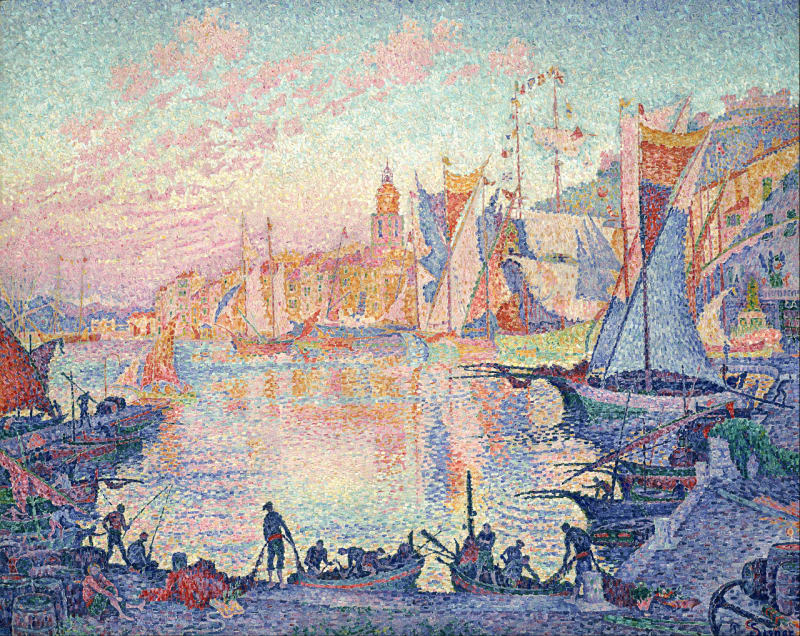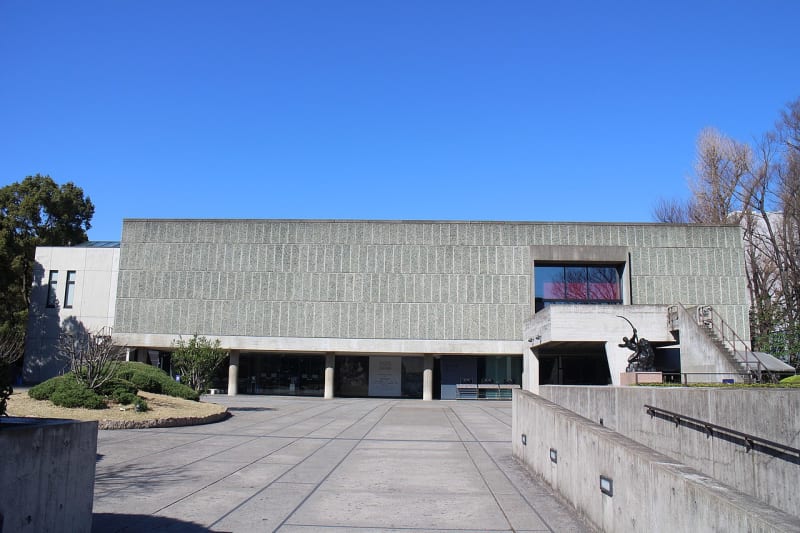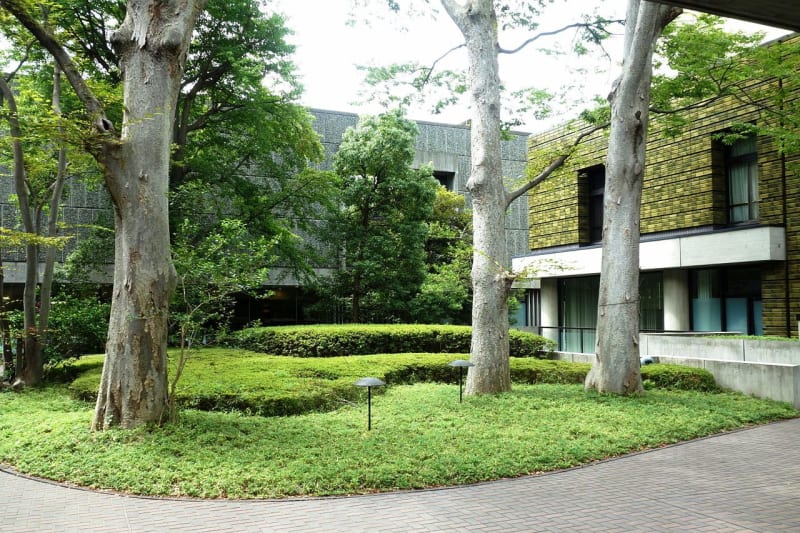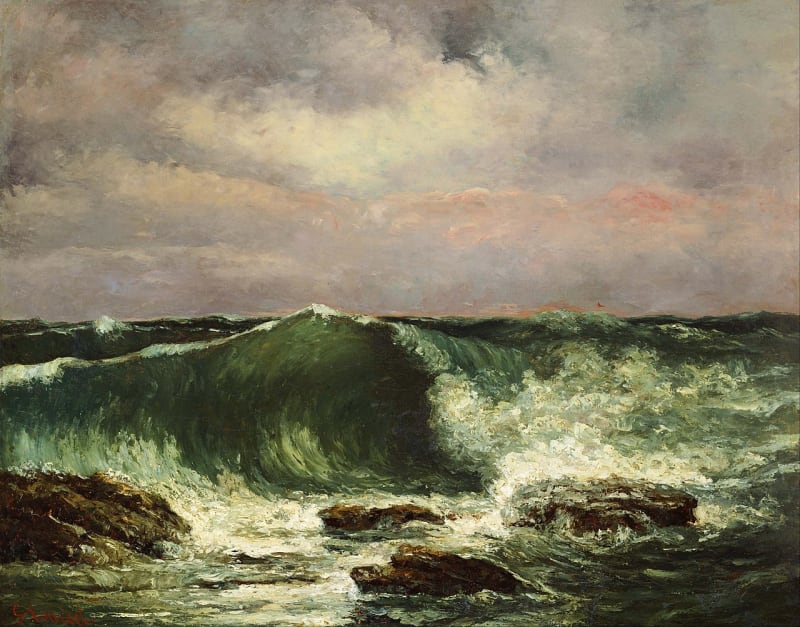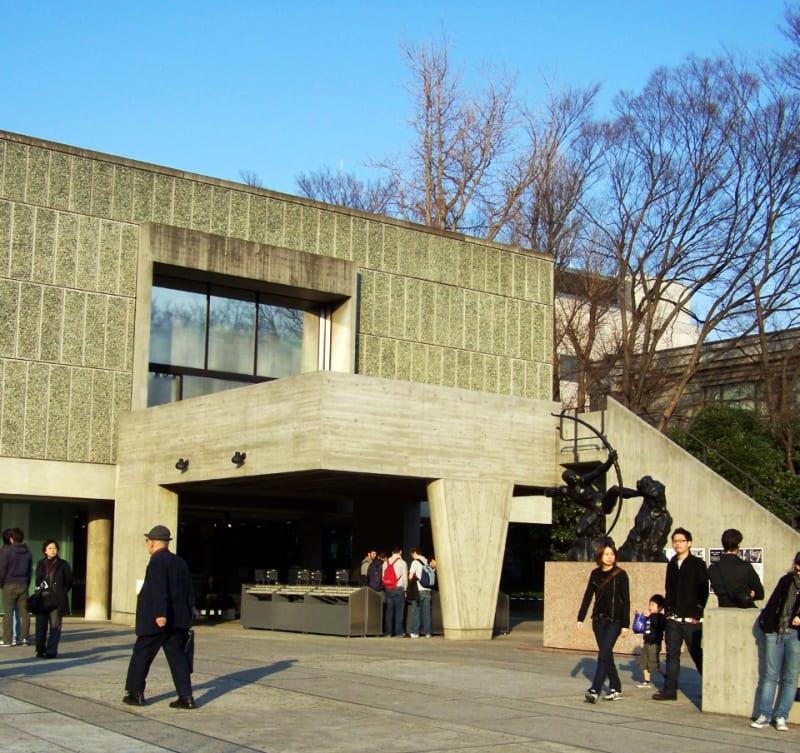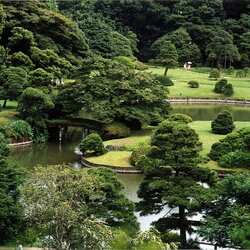National Museum of Western Art in Tokyo
The National Museum of Western Art in Tokyo is located in one of the most beautiful places in Tokyo - Ueno Park. This is a unique and largest cultural institution in Asia, where the best works of European masters are exhibited. At the moment, the collection consists of about 2,000 exhibits, so it is recommended to set aside a few hours to visit the cultural heritage site.
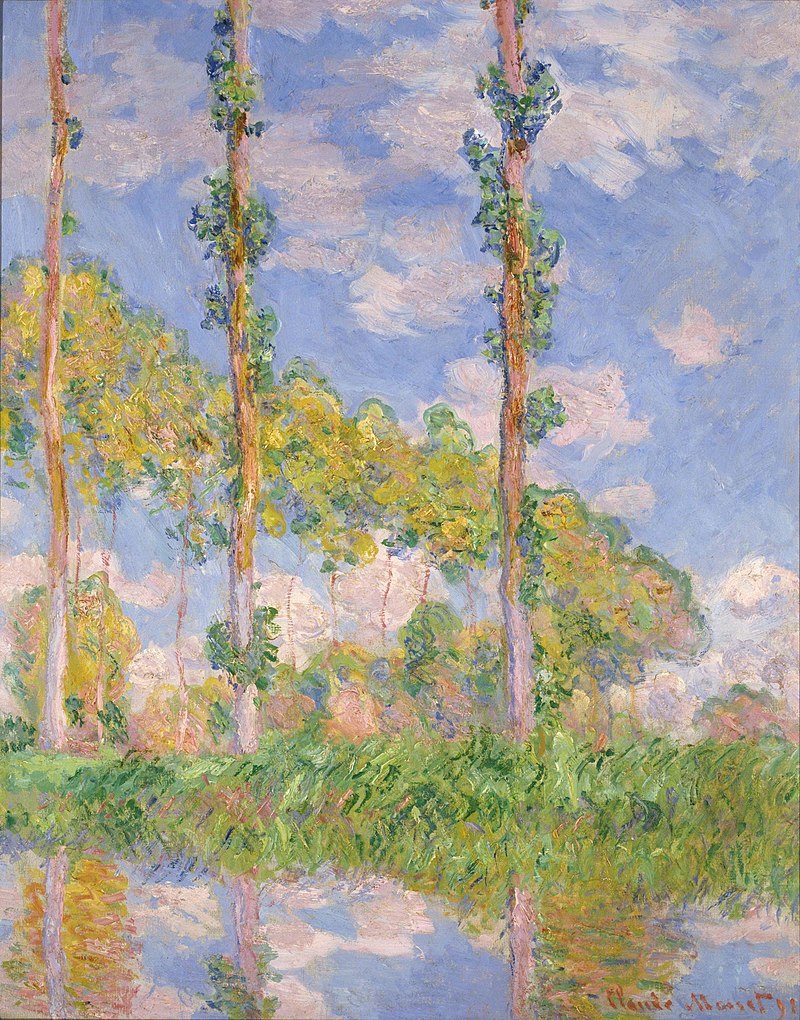
History of creation
The exposition of the National Museum of Western Art in Tokyo is based on the collection of Japanese businessman and art connoisseur Matsukata Kojiro. He believed that Japanese people should definitely have access to the best of European culture. Since the beginning of the 20th century, the philanthropist began to collect a collection of European paintings. He had to overcome many obstacles. Some of the purchased masterpieces burned down in England. The collection that remained at the beginning of World War II was located in France and was confiscated. But by the end of the 1950s, most of the collection had been returned. As a result, Matsukata has collected more than 10,000 museum pieces, many of which are unique masterpieces.
The architecture of the museum
The collection was returned on the condition that a special building would be built for it. It deserves special mention. The National Museum of Western Art in Tokyo was designed by renowned architect Le Corbusier, who formulated the Five Principles of Modern architecture. Construction began in 1957 and was completed by 1959. The discreet concrete building looks stylish and modern. As the collection grew, so did the size of the National Museum of Western Art in Tokyo. In 1979, Kunio Maekawa, a student and follower of Le Corbusier, added an additional room to the building for new exhibits. In 1997, a hall for temporary exhibitions, an auditorium for lectures and training sessions was completed. The huge concrete building houses a rich collection of Western paintings, graphics and sculptures.
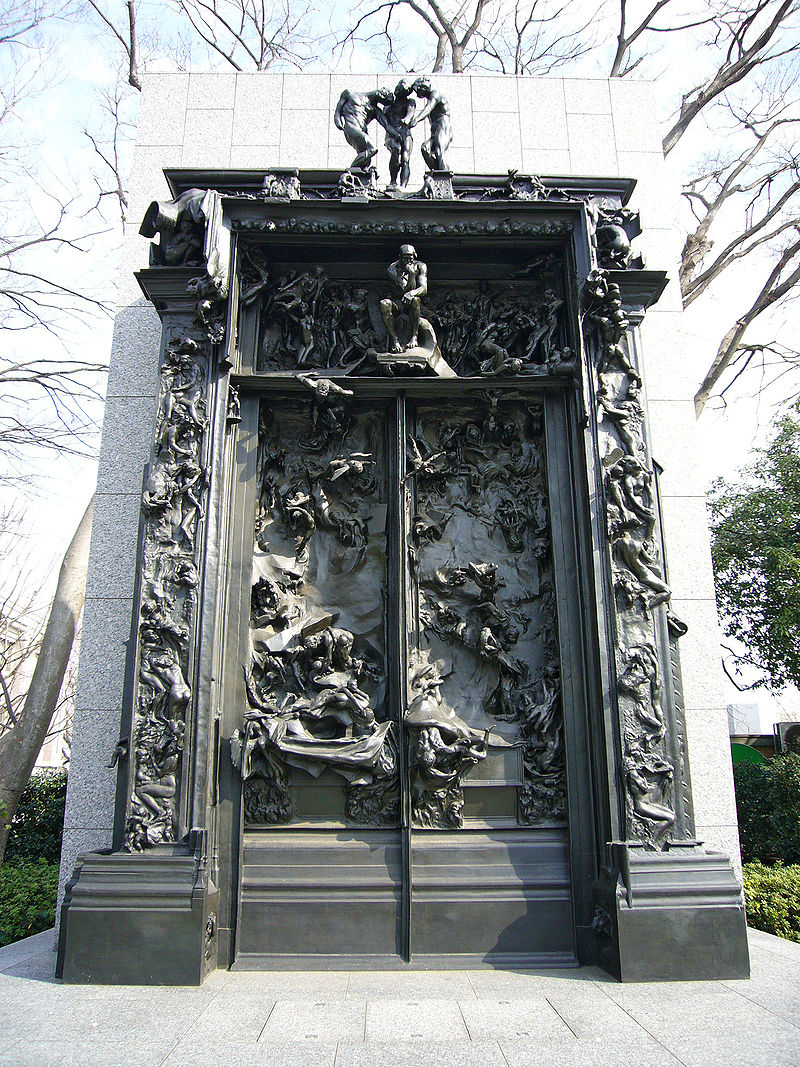
The exposition
On the ground floor at the entrance to the National Museum of Western Art in Tokyo, there are paintings by medieval artists painted between the 15th and 18th centuries. Among them are paintings by Italian, Flemish and Dutch masters, German, French and Spanish artists. Thanks to Matsukata Kojiro in Japan, you can see the masterpieces of the best European masters - Tintoretto, Veronese, van Dyck, Rubens, Delacroix, Millet, Corot and so on.
In the part of the building that was attached to the museum in 1979, you can see works created in the second half of the 19th - 20th centuries. These are collections of French Impressionists and symbolists, Italian futurists. The visitor will be able to see the best works of Renoir, Gauguin, Cezanne, Picasso. The graphic collection features works by Durer, Goya, Rembrandt and other masters.
It is worth paying attention to the collections of the two masters, which are most fully represented in the museum. Claude Monet was a close friend of Matsukat, and he sold 18 of his paintings to the Japanese museum. One of them, "Water Lilies", is the most famous of the great artist's works. 88 works by Auguste Rodin are also on display here. A rich collection of his sculptures is located on the ground floor of the National Museum of Western Art in Tokyo, among them the world-famous "Thinker".
